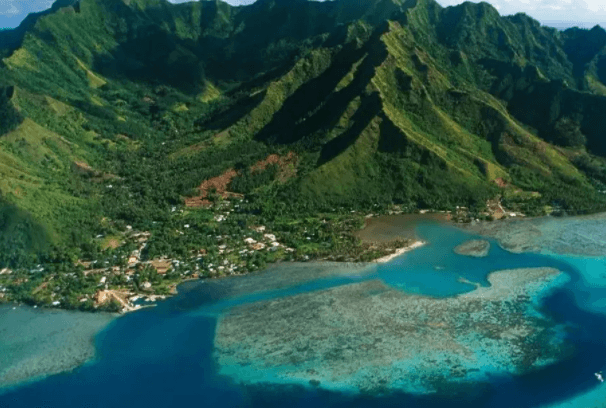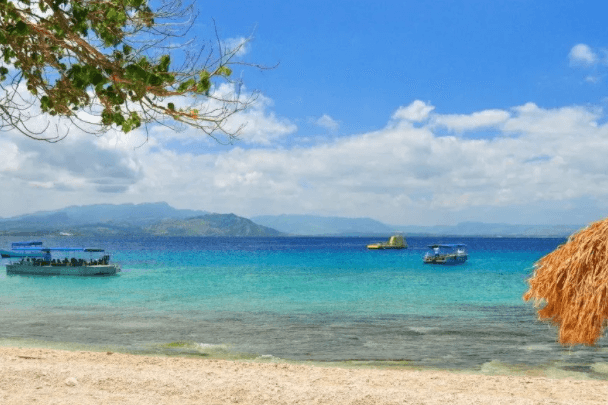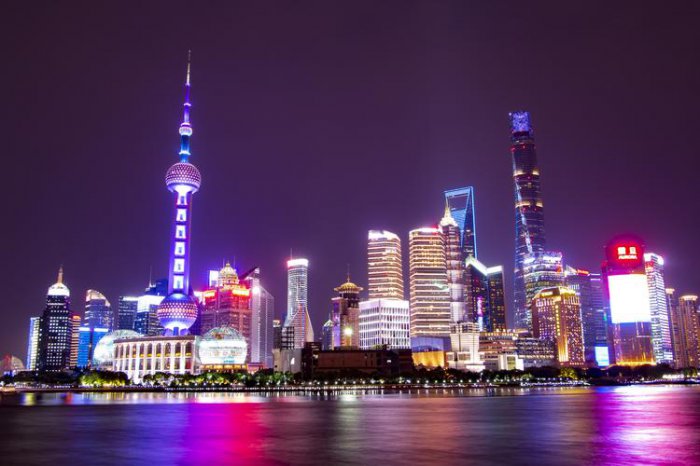Time difference refers to the difference between the time of two regions, the time of a region is called local time, local time is with the rotation of the Earth after the sun in a day in the highest point of the sky after a certain place is the local time of this place 12 o'clock, and farther apart will be the time difference of this thing, that the world's earliest time and the latest time in the middle of how long it is separated?
The earliest and latest time difference in the world
The time difference is due to the same time used around the world is Universal Time, some places have a big difference, but some places have a small difference, so how long is the difference between the earliest and the latest time in the world? The longest time difference in the world is 24 hours, that is, one day and one night, respectively, the Kingdom of Tonga in Oceania, which is located on the west side of the day line, and is the first country in the world to enter the new day; while Western Samoa, located on the east side of the day line, is the last country in the world to enter the new day.
Kingdom of Tonga

The Kingdom of Tonga, located in the western part of the South Pacific, is the only one of the South Pacific island nations to maintain a constitutional monarchy, and is said to be an island nation consisting of 173 islands, most of which are coral and only 36 of which are inhabited. Tonga was formed in 1845 by the union of several islands and became a constitutional monarchy in 1875, a British protectorate in 1900, and a member of the Commonwealth of Nations on June 4, 1970.
Western Samoa

Western Samoa is generally referred to as the Independent State of Samoa, located in the southern part of the Pacific Ocean, and is also a country consisting of eight small islands. Western Samoa covers an area of 2,934 square kilometers and most of its territory is covered with forests and has a tropical rainforest climate. The main ethnic group living in it is the Samoan people, who are mostly Christian and whose official language is Samoan with English being spoken.
Popular Articles
-
Keep your power sockets and air conditioner remote control well stored

Photos
-
 How many languages are there in the world?
How many languages are there in the world?Jun 07, 2025
-
 Shelves and pictures can be installed without drilling holes in the wall
Shelves and pictures can be installed without drilling holes in the wallJun 07, 2025
-

Photos
The world's most beautiful big cities at nightJun 07, 2025
-
 Which works better: bench press or push-up? The results are clear at a glance.
Which works better: bench press or push-up? The results are clear at a glance.Jun 07, 2025
-
 Yoga sitting angle pose so practice, open the range more than a little
Yoga sitting angle pose so practice, open the range more than a littleJun 07, 2025







Comments
0